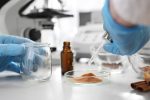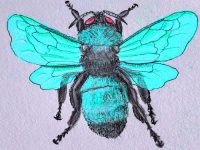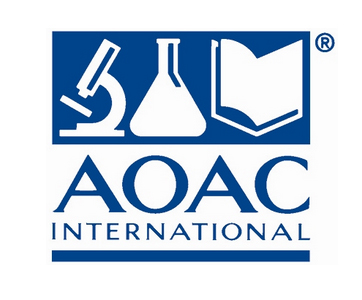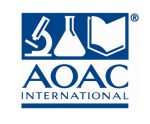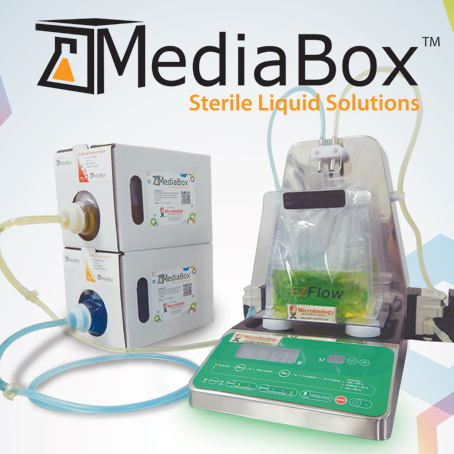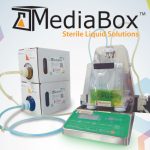COVID-19 continues to pose challenges for every industry, influencing how they will need to adapt to the future. The food manufacturing industry specifically is continuing to see problems with plants shutting down due to outbreaks, labor shortages and domino-effect supply chain issues, forcing them to adjust in order to continue meeting the demands of customers and supplying safe food to the public.
With these adjustments in mind, changes in testing and detection in labs have arisen, influencing four main trends within food manufacturing labs expected throughout 2022.
1. Testing levels continue to increase. In 2021, some customers intentionally planned to cut testing and production in plants to balance out the loss of employees due to the pandemic-induced labor shortages within manufacturing roles.
However, following the trends of rising employment in manufacturing, 2022 should see an increase in testing, raising the baseline of production levels in the plants. According to the Bureau of Labor Statistics, manufacturing jobs saw an increase of more than 113,000 employees in Q4 of 2021. Although still below employment levels of February 2020, the continued increase is positive news for the food manufacturing industry.
2. Food testing labs turn to automation technology. Even as labs begin to see their numbers in employees rise, the demand for automation technology during 2022 will continue to climb given its proven ability to increase productivity in the lab and meet the demands of customers. With automation technology, lab technicians can multi-task thanks to the ability to step away from tests, increasing the amount of testing that can be done despite the lack of people in labs.
Additionally, utilizing ready-to-use products has cut down on the time it takes to prepare for testing. Rather than spending hours preparing Petri dishes and using an autoclave, ready-to-use Petri films or Petri dishes create easy to follow protocols with significantly less steps for a lab technician to complete.
3. Third-party labs gain popularity. With food manufacturing, tests will either be conducted on-site or at a third-party lab. Taking labor shortages into account, many manufacturers still do not have the staff numbers to maintain a dedicated on-site testing facility. As a result, manufacturers will turn to third-party labs to help increase testing volumes and productivity.
Not only have third-party labs aided manufacturers with testing, but the labs also often have the capabilities to run confirmation tests on products, tests that may not have been possible if conducted on-site. And as third-party labs have seen numerous consolidations in recent years, their capability to move products around for necessary testing is much more simplified and achievable than if testing was conducted on-site.
4. Shifting to locally sourced products. With supply chain issues continuing into 2022, the food manufacturing industry could source more products from local farmers and other local product suppliers in order to better keep up with demand.
Right now, it is much harder to receive and send products across the globe with countries and states enforcing COVID-19 restrictions and dealing with their own labor issues. Not only are labs looking to rely on locally sourced products to assist in getting products to their final destination, but consumers are also increasing their demand for locally sourced products. Specifically, consumers are looking for the reliability of food on the shelves, shorter time spent between farmer and grocery stores, as well as simply fewer people touching product throughout the chain.
Challenges in food testing labs that arose in the past couple of years are still prevalent in 2022, but from adversity comes innovation and change. With more attention on automation technology, more food manufacturing employees returning to work, and adjustments to ongoing supply chain issues, 2022 is looking more hopeful in working to return to the level of productivity food manufacturers were meeting prior to the pandemic.


